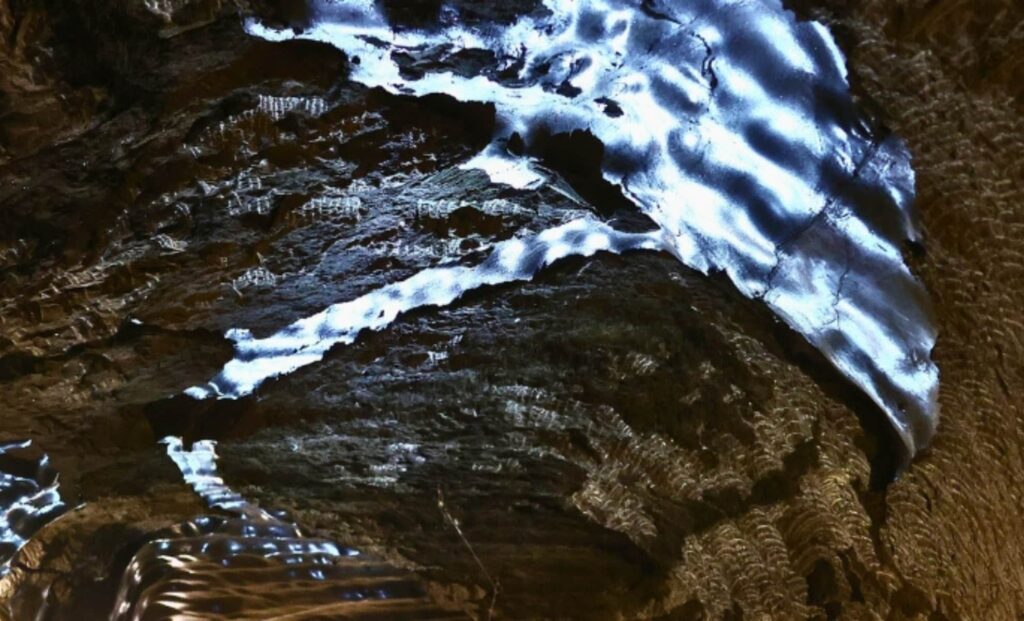The microbes were unearthed from deep inside Alaska’s Permafrost Tunnel Research Facility, operated by the US Army Corps of Engineers. Scientists at the University of Colorado Boulder incubated the samples under temperatures mimicking a warming Arctic summer. As reported by ScienceAlert, the microbes eventually became active, breaking down matter and releasing carbon dioxide—a process that could intensify climate change as permafrost continues to thaw.
As nearly a quarter of the Northern Hemisphere sits on permafrost, this research sheds light on a key but often overlooked factor in climate systems. The revival of ancient microbial life could accelerate emissions, adding new complexity to predictions of Arctic warming.
Life Revived from Frozen Depths
The samples came from a tunnel that bores more than 100 meters beneath Alaskan permafrost, a unique research site designed to study frozen ground. Microbiologist and geochemist Tristan Caro, a PhD candidate at CU Boulder, led the effort to study the biological activity locked away for millennia.
“These are not dead samples by any means,” Caro said. “They’re still very much capable of hosting robust life.” In the lab, researchers kept the microbes at 3.8°C and 12.2°C—temperatures consistent with future summer conditions in the Arctic. Initial growth was extremely slow, with some strains dividing at rates of one cell per 100,000 per day. But over time, the microbes adjusted and their metabolic activity increased noticeably.

A Delayed but Dangerous Release of Greenhouse Gases
What concerned researchers most was not just that the microbes could revive, but that they would actively contribute to the release of greenhouse gases. As they metabolize ancient organic matter, the organisms produce carbon dioxide and potentially methane—both of which contribute to atmospheric warming.
According to the same source, this microbial activity could be a major factor in Arctic emissions. “It’s one of the biggest unknowns in climate responses,” said Sebastian Kopf, a geomicrobiologist at CU Boulder. Scientists remain unsure how much carbon is stored in permafrost and how rapidly it could be released once microbial life restarts.
The team emphasized that this process doesn’t begin instantly. There is a lag between the initial thaw and the point where microbes become fully active. That delay could obscure the early signs of permafrost-related emissions, making it harder to integrate into climate models.


Longer Summers Increase Microbial Impact
The study also highlights how seasonal changes are influencing microbial behavior. A single heat spike might not be enough to trigger large-scale emissions, but sustained warm periods give microbes more time to activate and remain metabolically active.
“You might have a single hot day in the Alaskan summer,” Caro explained in the report, “but what matters much more is the lengthening of the summer season to where these warm temperatures extend into the autumn and spring.” That trend, already observable in Arctic regions, allows microbes to stay active longer and penetrate deeper into older layers of permafrost.
This extended microbial window increases the risk of triggering a feedback loop—where warming releases emissions, which in turn fuel more warming. As the thaw continues into ancient permafrost horizons, researchers expect more of these dormant ecosystems to awaken.

